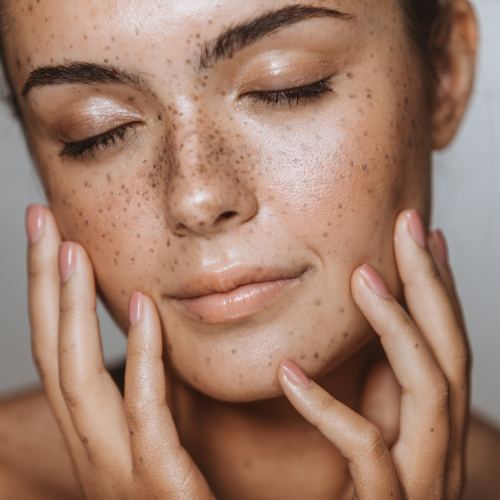
Types of therapy masks
Share
There are several types of face therapy masks available on the market, each utilizing different technologies and principles. Here's a brief overview:
- LED Photon Masks: These masks use light-emitting diodes (LEDs) to emit photons at specific wavelengths. The light penetrates the skin to stimulate cellular processes, promoting healing, reducing inflammation, and improving skin texture
- NIR LED Masks: Near-Infrared (NIR) LED masks use a specific wavelength of light (around 830nm) that penetrates deeper into the skin compared to other LED wavelengths. NIR light is known for its anti-aging benefits, promoting collagen production, and enhancing skin rejuvenation
- PDT LED Masks: Photodynamic Therapy (PDT) masks combine LED light with photosensitizing agents applied to the skin. The light activates these agents, which then target and destroy acne-causing bacteria, reduce inflammation, and improve skin clarity.
- LED Light Masks: This is a general term that can refer to any mask using LED technology for skin therapy. These masks may use a combination of different LED wavelengths (red, blue, green, etc.) to address various skin concerns such as acne, wrinkles, and pigmentation.
- Focus Photothermal Therapy (FPT) is an advanced technology used in skincare and therapeutic devices. It involves the use of concentrated, ultra-narrow light beams to deliver targeted energy to specific areas of the skin. This precision allows for deeper penetration and more effective treatment compared to traditional LED light therapy.
Key features of the latter FPT mask include:
- High Energy Efficiency: The light is focused to minimize dispersion, increasing its effectiveness.
- Targeted Wavelengths: Different wavelengths (e.g., 660nm, 850nm, 1064nm) are used to address specific skin concerns like wrinkles, redness, or dark circles.
- Non-Invasive: It’s a safe, non-surgical option for skin rejuvenation, collagen stimulation, and anti-aging treatments
While these masks all use LED technology, they differ in the specific wavelengths and treatment principles they employ. Each type targets different skin concerns and works through distinct mechanisms.



